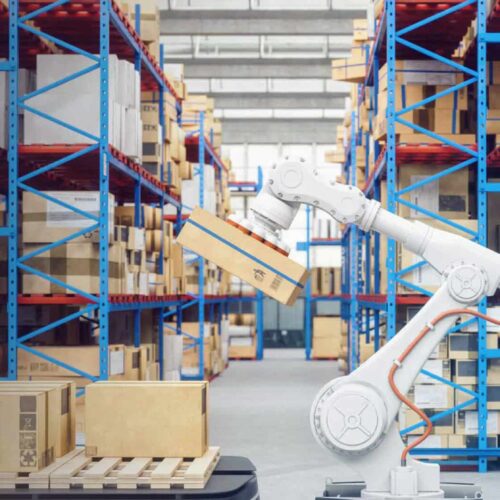Even so, some smaller suppliers simply don’t have the resources or expertise to report on their ESG performance, meaning that it can become necessary to produce estimates, creating uncertainty in locating the exact numbers.
The lack of data reliability means that some well-intentioned organizations are afraid of reporting on the impact of their supply chains for fear of being accused of greenwashing. This is the case even when they appear to be performing well on ESG metrics. Part of the problem is the thicket of different reporting frameworks, sowing confusion. A gold standard would go a long way to assuaging concerns over greenwashing.
Technology can also help. For example, some companies are using satellite imagery to measure emissions at their source, while the rise of digitised supply-chain management, which integrates internal systems with external data, is delivering better insights along the chain. Corporations should continue to make investments in such digital technologies to improve visibility.
Cascading action down through the value chain
Of course, some will feel the behaviour of suppliers is outside their direct control, but there are ways to spread influence, through either a carrot or stick approach. Some companies simply ask their suppliers to curb emissions, while others offer financial incentives for them to do so. For instance, the US state of California provides incentives for dairy farmers that convert methane into energy by enabling them to sell carbon offset credits. That’s the carrot.
Meanwhile, some companies blacklist suppliers that fail to meet their standards, to de-risk their supply chain. That’s the stick. But a more pragmatic approach is to work with suppliers, leveraging the vast resources of your organization to help them clean up their act. It may be financially less appealing, but those smaller vendors are going to be vital to solving bigger sustainability problems.
Apple knows this. That’s why the iPhone maker has called on all its suppliers to decarbonize their operations by 2030. It also offers them free training sessions focused on using clean power, like wind or solar, for production. This knock-on effect shows how greater supply-chain visibility can be a powerful tool for cascading action down through the economy.








